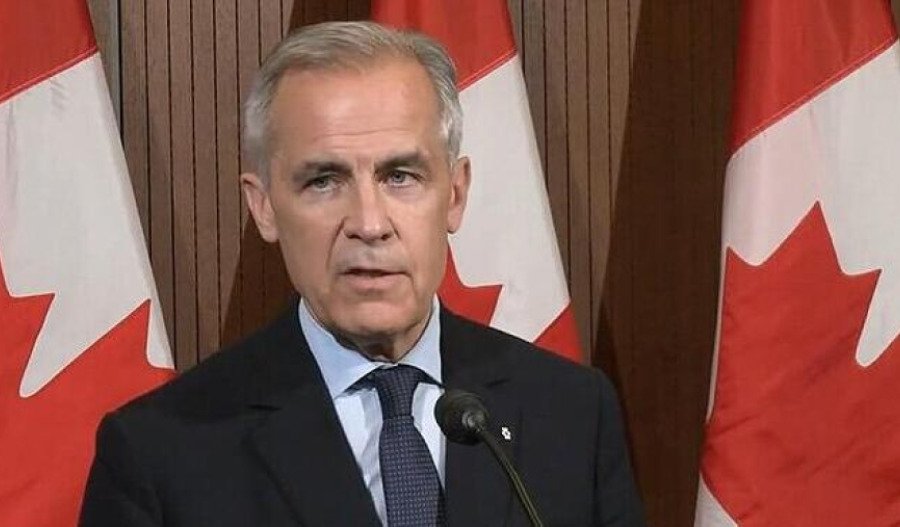Oil prices rose during Thursday's Asian session following a significant legal setback for United States President Donald Trump, as a U.S. trade court ruled against a broad set of tariffs imposed during his administration.
At 2:50 pm AEST (4:50 am GMT), Brent crude futures gained $0.74 or 1.1% to US$65.64 per barrel, while U.S. West Texas Intermediate (WTI) crude increased by $0.80 cents or 1.3% to $62.64 per barrel.
The price uptick followed a decision by the U.S. Court of International Trade on Wednesday, which found that Trump had overstepped his authority when imposing sweeping duties on imports from several U.S. trading partners.
The ruling struck down most of the tariffs, providing relief to investors who have been wary of the broader economic fallout from the levies.
Meanwhile, attention is also turning to OPEC+, the alliance between the Organisation of the Petroleum Exporting Countries and its allies, which is scheduled to meet on Saturday to discuss production strategies.
On Wednesday, OPEC+ released a statement saying it had agreed to “reaffirm the level of overall crude oil production for OPEC and non-OPEC Participating Countries”, as originally set during the group’s December 2024 meeting.
In a note to clients, ANZ provided additional insights into the group’s discussions: "The market was also keeping a close eye on OPEC. The group met to discuss the current production quotas, with members ratifying current levels for this year and next.
“They also agree to develop a mechanism for setting production baselines in 2027 based on their maximum sustainable capacity. The decision by eight members of the OPEC+ alliance to extend its 411kb/d hikes into July will be finalised in a call on Saturday."
Adding further to supply concerns, Chevron has reportedly halted oil production, service and procurement contracts in Venezuela following the revocation of a key operational licence by the Trump administration.
Looking ahead, investors are awaiting updates from the American Petroleum Institute (API) and the Energy Information Administration (EIA) later on Thursday. These weekly reports provide critical insights into U.S. inventory levels and broader demand trends.



